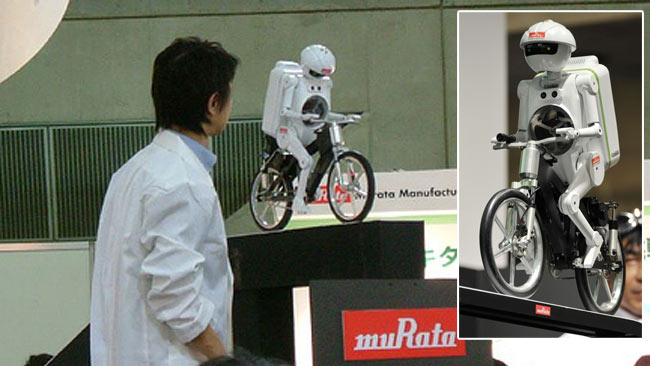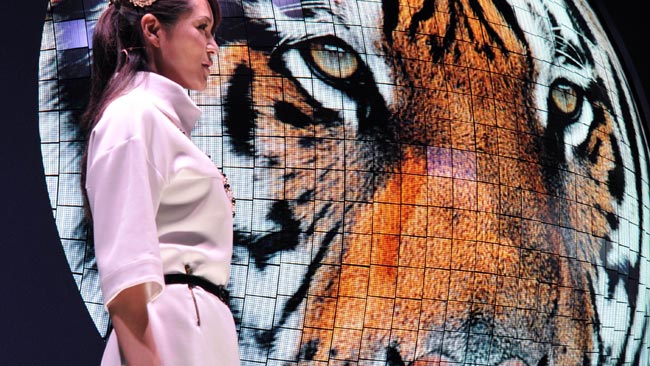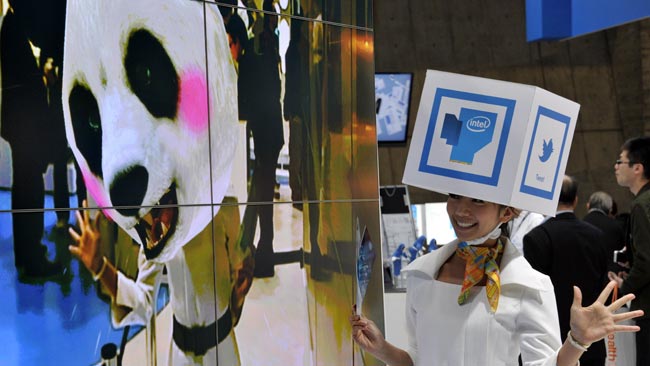
Electric car powers house

It’s all at the Combined Exhibition of Advanced Technologies (CEATEC), Japan's largest IT and electronics exhibition and conference. The annual event provides a platform for companies and organizations from all over the world to showcase their cutting-edge products, services and technologies.
Nissan is showing its vision of what we’ll be living in soon. Houses powered by cars. The Nissan Smart House 2012 uses the Leaf to home charging system to supplement power from the solar panels and the energy saving appliances can be remotely operated.
Nissan says the high floor adopts the style of ancient Japanese housing design and the polyhedral structure copies an aircraft in the outer shell being a structural item.
A fully charged Leaf should power the average Japanese home for two days in an emergency, though Australians higher average power used would trim that back to 30-odd hours. Still beats sitting in the dark, but you are housebound until the Leaf recharges.
The mutant Mimi Car sports a pair of terrifyingly huge ears (mimi is Japanese for ‘ear’) that can record sound, and is being used as a promotional tool to canvas event participants for their opinions about the ideal car for the future.
Meanwhile the Murata Manufacturing Company is presenting the cyclist of the future in the form of a small bicycle-riding robot "Murata Seisaku-kun" – perfect for courier duties in small CBD alleys.

Also creating a buzz this year is the prospect of a handy 10-minute charge for mobile phones, with NTT DoCoMo and NEC displaying a prototype in the form of an external lithium ion battery sleeve. Place it on your phone, and it will juice it up as swiftly as a high-speed charger, the companies claim.
Another attention-grabber is Mitsubishi’s massive “Diamond Vision OLED”, a 2.7m semi-spherical screen, consisting of 696 organic light-emitting diode (OLED) panels. Jutting out of a wall, the display makes the most of the material’s flexibility and lightness.

The first appearance by chip giant Intel focuses on how their technology is used in robotics, and communications. Their “Intel Girl’s Inside” digital display, a woman wearing a box on her head demonstrates Intel's augmented reality digital system, with her reflection showing the head of a panda, owl, koala and other creatures.
The technology combines a real-video content with the computer-generated image in real time that can transform the image of the box into another computer generated graphic on a monitor.











Comments